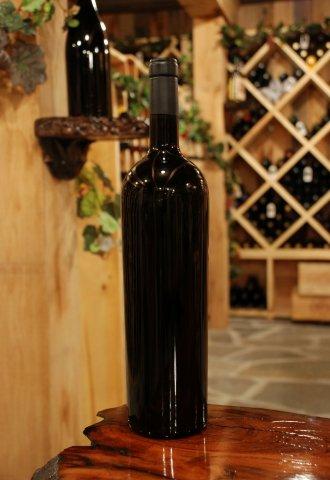FOR IMMEDIATE RELEASE | August 10, 2014
Wine symposium explores everything you wanted to know about the mighty grape (video)
Note to journalists: Please report that this research will be presented at a meeting of the American Chemical Society.
San Francisco, Aug. 10, 2014 — Location. Location. Location. The popular real estate mantra also turns out to be equally important for growing wine grapes in fields and storing bottles of the beverage at home or in restaurants, according to researchers.
Those are just two of the topics that will be covered in a symposium titled, “Advances in Wine Research,” that will run today through Tuesday at the 248th National Meeting & Exposition of the American Chemical Society (ACS). The meeting features nearly 12,000 reports. A brand-new ACS video on the topics is available at https://www.youtube.com/watch?v=Km3UujrPLEU.
“In this symposium, we will be evaluating components that affect flavor, taste, mouthfeel and also color, as well as sustainable vineyard and winemaking variables that impact the composition of the wine,” says symposium organizer Susan E. Ebeler, Ph.D. “The San Francisco location is ideal for this symposium, being located near the heart of the U.S. wine-growing region of Napa Valley. The symposium is expected to draw a high level of interest from local wineries, food industries and government agencies.”
One study being presented during the symposium, of which Ebeler is a co-author, finds that it really does matter where the same grapes are grown when it comes to taste and aroma. Ebeler and co-author Hildegarde Heymann, Ph.D., both of the University of California, Davis, say that this research was unique in that researchers tested Malbec wine from different regions –– including locations in Argentina and in California –– but all were from the same winemaker.
The Argentinean Malbecs tended to have more ripe fruit characteristics, sweetness and higher alcohol levels, while those from California were more bitter, and had more artificial fruit and citrus aromas, Ebeler says.
Overall, the study covered the chemical and sensory effects of different regions using 41 research lots of Californian and Argentinean Malbec wines. In addition to having trained panelists evaluate the wines, the team conducted a gas chromatographic analysis of the wine volatiles — mostly those compounds that would be smelled when sniffing the beverage.
Another study in the symposium found dramatic differences in the aging of wine depending on where the bottles were stored. This team placed 400 bottles from 20 different lots of Sangiovese wine for 24 months either in a professional wine cellar with strictly controlled temperature (59-62 degrees Fahrenheit) or in conditions mimicking a dark room in a home (68-80 degrees Fahrenheit) for different seasons.
“We discovered that a relatively small difference in the temperature speeds up several chemical reactions associated with wine aging and even promotes new reactions that are not observed at lower temperatures,” says study leader Fulvio Mattivi, who is a researcher at Fondazione Edmund Mach, Research and Innovation Centre, San Michele all'Adige, Italy. “After six months under domestic conditions, the wine in the bottle was approximately as ‘old’ as a bottle from the same producer and lot stored for two years under cellar conditions. The house-stored wine was aging approximately four times faster!”
When tested, the wine stored in the dark room had fewer healthful antioxidants and less red pigmentation than the cellar versions, making it less flavorful, he reported.
Other topics that will be addressed in the symposium are:
Variance in wine grape quality in the same region
Effects on aroma by adding antioxidants to Sauvignon Blanc at harvest
New insights into how wine stimulates secretion of stomach acids
Influence of the toasting of wood in forming key aroma compounds in wines
Mattivi’s funding was provided by the Italian Ministry of Agricultural, Food and Forestry Policies, under the project Functional Food Quality.
The American Chemical Society is a nonprofit organization chartered by the U.S. Congress. With more than 161,000 members, ACS is the world’s largest scientific society and a global leader in providing access to chemistry-related research through its multiple databases, peer-reviewed journals and scientific conferences. Its main offices are in Washington, D.C., and Columbus, Ohio.
Media Contact
During the meeting, Aug. 9-13, the contacts may be reached at the S.F. Press Center: 415-978-3506.
ACS Newsroom
newsroom@acs.org






